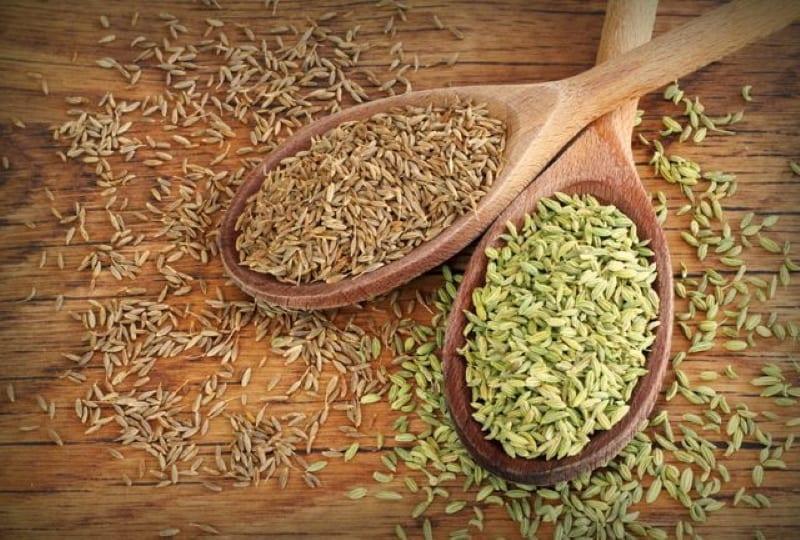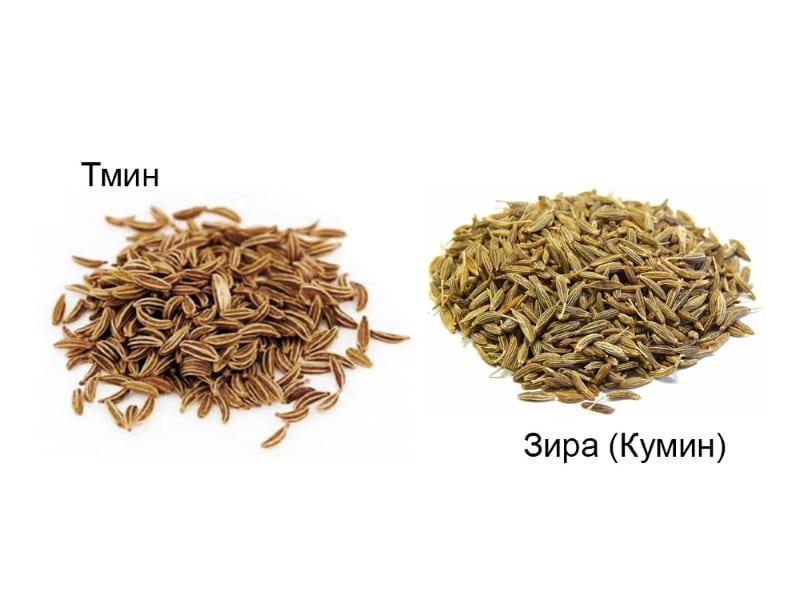Memo to the culinary specialist and the chef - zira and cumin, how they differ and what do spices have in common
 Modern cooking is not complete without various spices, especially oriental cuisine. Some of the popular spices are cumin, cumin, coriander, basil and others. But knowing their name is not all, because many are very similar, for example, cumin and caraway, which makes them difficult to notice at first glance. At the same time, similar in appearance, these seasonings are actually completely separate plants, from the seeds of which they are obtained. Despite the similarities and some common aspects, they even have different tastes and aromas. Therefore, when deciding to replace cumin with cumin or vice versa, this should definitely be taken into account.
Modern cooking is not complete without various spices, especially oriental cuisine. Some of the popular spices are cumin, cumin, coriander, basil and others. But knowing their name is not all, because many are very similar, for example, cumin and caraway, which makes them difficult to notice at first glance. At the same time, similar in appearance, these seasonings are actually completely separate plants, from the seeds of which they are obtained. Despite the similarities and some common aspects, they even have different tastes and aromas. Therefore, when deciding to replace cumin with cumin or vice versa, this should definitely be taken into account.
What do cumin and cumin have in common

In order for the seeds to reveal their aroma to the maximum, they are pre-fried, especially cumin.
Zira and cumin - how are they different
 Despite some similarities, caraway and cumin are still two different spices. You can distinguish them by the following features:
Despite some similarities, caraway and cumin are still two different spices. You can distinguish them by the following features:
- The appearance and belonging of the plants from which the seasonings are obtained. Caraway is a tall biennial plant with narrow branchy stems, reminiscent of a dill bush. Zira is a one-year and more compact culture.
- Seed color. In cumin, they are darker, rich brown, and in cumin, they are light brown or green-gray.
- The taste and aroma of spices. More delicate, spicy and sweet scent of cumin, reminiscent of aroma dill, with a sharp taste. Zira, on the other hand, has a pronounced nutty smell, but at the same time with bitter notes.
The use of spices is also slightly different. Caraway is added to vegetable, mushroom and meat dishes, dough for bread and baked goods. Zira is put in soups, meat or legumes.